Protecting bees and other pollinators from insecticides
Pollination is vital for producing many seed crops, particularly for legumes such as alfalfa, clovers, and vetch. In contrast, most grass-type plants are wind or self-pollinated and do not require insect pollinators.
Where pollen-collecting insects are required for flower fertilization, the producer, insecticide applica- tor, and beekeeper should cooperate closely to mini- mize bee losses:
- If practical, apply insecticides before the bees are moved into the fields for
- Where insecticides are needed, use materials that are the least toxic to bees (Table A26).
- Make all applications when the bees are away from the field. Evening or early-morning treat- ments between 7 p.m. and 6 a.m. are generally best. Evening applications after the bees have left the field are less hazardous than are early- morning
- Use spray or granular formulations rather than
- When possible, use an insecticide in groups 3 or 4 in Table
- Notify the beekeeper so that he or she can make arrangements to protect the bees.
- Avoid drifting or spraying any insecticide directly on colonies. Heavy losses generally occur in these On hot evenings, bees often cluster on the fronts of the hives. Pesti- cide drift or direct spray at this time will kill many bees.
